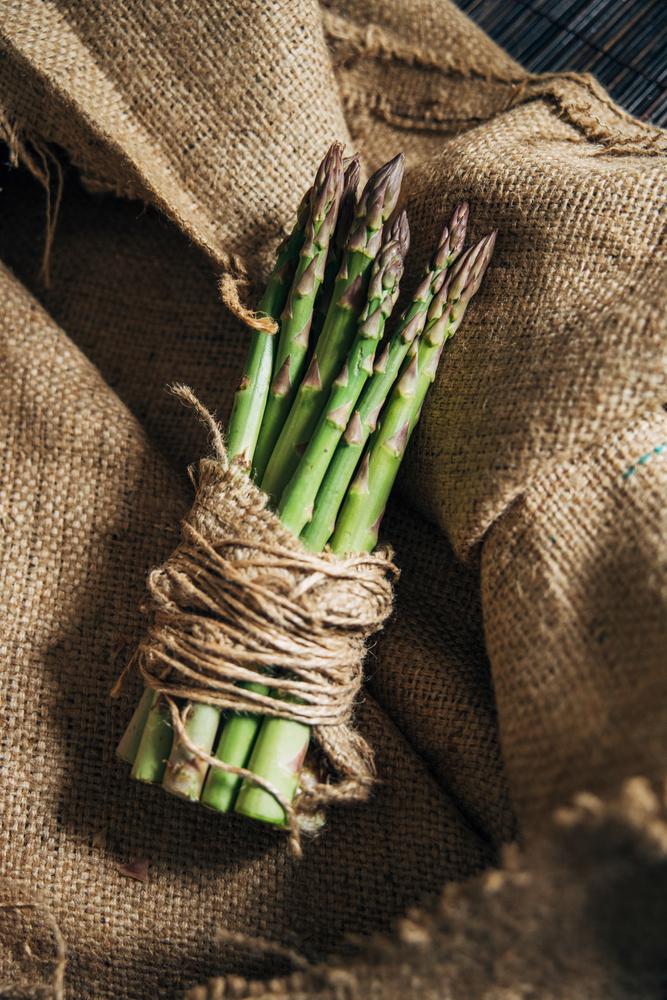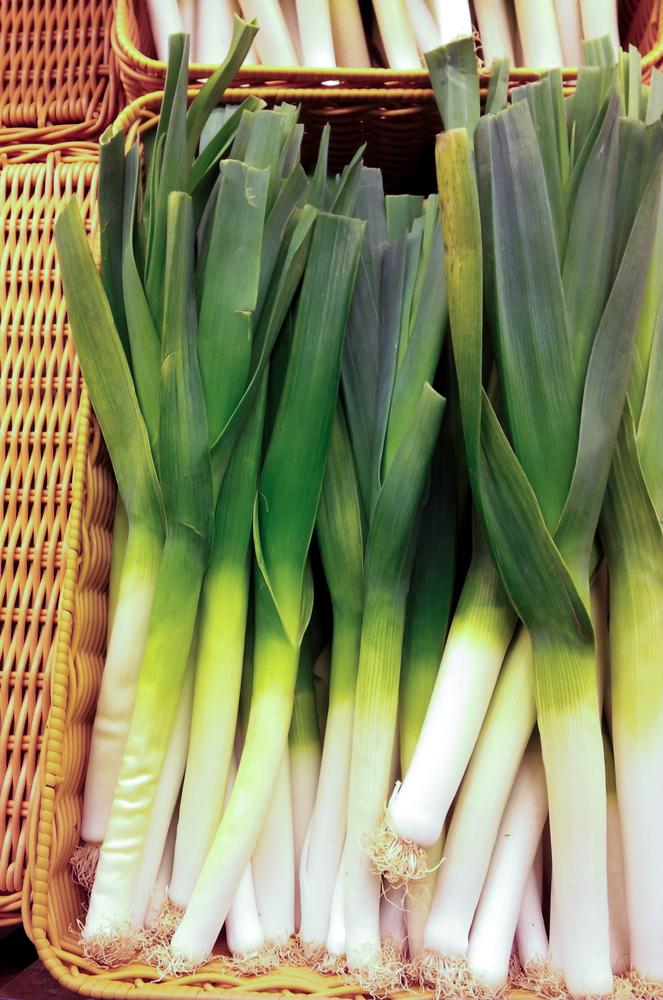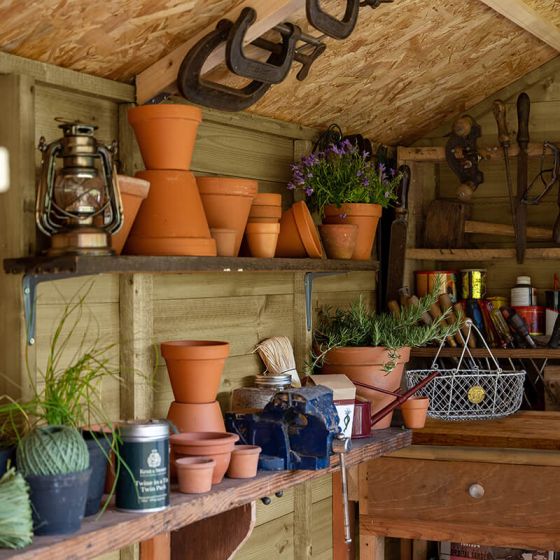March Hints & Tips
In March, the days are noticeably longer, and it’s an opportunity to get out into the garden to enjoy some early spring sunshine. Frosts and sometimes windy weather mean that some tasks must wait, but there is optimism in the air with warmer weather and longer days ahead. As the weather gets warmer and plants start to wake up, so do pests and diseases, so it’s useful to make some early checks on the health of your garden.
Spring is here, and it’s time to get busy in the garden again.

What vegetables to plant in March
- Asparagus
- Aubergines
- Beetroot
- Broad Beans
- Brussels sprouts
- Carrots
- Cauliflower
- Celeriac
- Celery
- Potatoes
- Radish
- Salad onions
- Spinach
- Spring cabbage
- Summer cabbage
- Sweet peppers
- Tomatoes

What vegetables to harvest in March
Plants sown in the summer and autumn last year will produce the following crops in March:
- Broccoli
- Brussels sprouts
- Cauliflower
- Celeriac
- Chard
- Kale
- Leeks
- Lettuce
- Purple-sprouting broccoli
- Spring cabbage
Things to do this month
- Hoe all bare soil before the first weed seeds appear. Remove any larger weeds by hand.
- Mulch hungry plants with a suitable compost.
- Top up decorative wood chip and pebbles or stones.
- Repair any garden structures that were damaged over the winter.
- Make a bug hotel to attract beneficial insects to your garden. Collect small planks of wood, bricks, pots and tiles for the main structure. Fill the gaps between with natural materials gathered from around the garden, such as twigs, grass, shingle and fir
- Install an irrigation system. Plan and order everything you need to set up an automated means of watering your garden throughout the summer. This will make it easier for you to focus on other tasks and allow you to go away without needing to ask helpers to assist.
From the potting shed...

Our monthly gardening newsletter, written by our Great Amwell plant department colleague, Chris Milborne.
March is an important gardening month, which also includes Mothers’ Day, and, at the end of the month Easter weekend. Plus, the clocks go forward and longer evenings mean extra time in the garden for all those early spring jobs; sowing seeds, pricking out and potting on. In the garden you’ll see early spring bulbs, all the different types of Primula flowering, Apple & Cherry blossom beginning to open and the new fresh green growth just starting to burst through the soil. Crocus and Daffodils are in flower, perhaps even the earliest species Tulip as well. Hellebores are coming into full flower too and these are loved by early bumble bees looking for food.
This should be a good year for flowers on Camellias, Rhododendrons and Azaleas. The damp conditions last year in July and August will have helped juvenile flower buds to develop and grow. But there are two sides to the garden in March. On the one hand the days are getting longer and the soil is warming up with spells of bright sunshine. You’ll notice something new appearing in your garden every day and it certainly makes me feel more positive and cheerful, but, on the other hand weeds start to grow! The weather can still be wet and windy and sharp frosts can give a wintry feel and delay the onset of spring. Have horticultural fleece ready for vulnerable plants.
With increasing winter storms and seemingly taller fencing being used in suburban gardens there has been a lot of damage to fencing. Now can be a good time for repairs and to also check plant supports. Alternatively, consider replacing the fencing with a hedge as a boundary or in front of trellis panels if a dividing line between gardens is required. Hedges can be formal and clipped or informal. They reduce wind speed and also noise providing privacy in the garden. Evergreens are ideal hedging plants staying green throughout the winter the best being Photinias, Yew, Holly, Escallonia and Cotoneaster lacteus.
Hedges can be a single variety or use mixed hedging such as Beech, Hornbeam, Hawthorn, Forsythias and Philadelphus plus evergreens, like Laurel, Photinia & Griselinia.
Adding Climbing or Rambling Roses, Honeysuckle and Clematis can also provide year-round interest and flowering. Scented hedges will be enjoyed by wildlife and perhaps nesting birds while helping to improve air quality.
March is the time for a garden spring clean. With good growing conditions it is an ideal time to prepare seed beds, sow hardy annuals, trim and cut back winter flowering shrubs. Also prune the coloured stems of Cornus (Dogwood) and the ornamental Sambucus that produces golden or dark purple leaves (the variety Black Lace is a great example). Prune summer flowering Buddleia by cutting back to 12” (30cm) above the base. They are a very vigorous shrub and will quickly regrow. Cutting back hard will produce flowers that are at eye level making it easier to watch butterflies attracted to the colourful cone shaped flowers over the summer. Prune Lavatera when new green shoots emerge and clean up old stems of over-wintering herbaceous perennials. Digging up and dividing old plants can be particularly valuable at this time of year as this rejuvenates plants if they have been growing in the same spot for 4 or 5 years - once completed feed and then mulch.
A clean tidy garden helps prevent slugs and snails too. Prune Hydrangeas by removing old flower heads and cut down to a healthy bud below. Also cut back any spindly or older branches back to buds near to the base of the plant. Always remove the 3 D’s. Dead, Dying or Diseased.
March plant highlights
Forsythia is very reliable and survives all of our extremes of weather. It’s easy to grow with masses of bright yellow flowers and is a shrub that works well at the back of the border or in a mixed hedge.
Camellias have been cultivated for centuries in Chinese gardens before appearing in Europe. An evergreen shrub originating from East and SE Asia, Camellia Sinensis was often grown for tea production. The garden cultivars, with their shiny evergreen leaves and flowers in all shades of pink, red, white and cream, have either single, semi-double or double flowers. They enjoy being grown in a sheltered position in light shade and do best in well drained lime-free soil with plenty of organic matter added. Avoid an east facing position for Camellias as an early morning frost caught by the sun can cause the flowers to turn papery brown, this is especially true with creamy white flowering varieties. If your soil isn’t suitable they make a great plant for growing in tubs and containers filled with Ericaceous compost (ie. Lime free compost). Camellias look spectacular when grown with ornamental Japanese flowing Cherries.
Chaenomeles, the Japanese flowering Quince is very easy to train against a wall or fence. There are many different varieties with large colourful apple-blossom-like flowers in shades of pink, red, peach and white followed by green spotted fruits that ripen to a golden yellow in October and November.
Magnolias appear in many varieties. Evergreen and deciduous, these shrubs bear wonderful flowers. Star shaped Magnolia stellata or the tulip shaped flowers of Magnolia x Soulangeana in shades of pink, white, purple and even creamy yellow look simply amazing. Deciduous plants produce beautiful and striking flowers before new leaf growth appears. Magnolias are an ancient group of plants dating back some 90 million years. They predate the era of pollinating bees and insects and their flowers were originally pollinated by beetles. The plants we grow today often produce prehistoric looking seed heads in the autumn adding to their interest. These plants were named after the French botanist Pierre Magnol. Magnolias are easy to grow. The early flowering varieties need a sheltered position with protection from spring frosts and cold winds, good soil and good drainage, although I have found they may even grow well in clay soil.
Another early flowering shrub or small tree is Amelanchier. Small pale pink blossom covers bare branches followed by bronze-tinged young foliage. In the autumn leaves turn a bright golden colour having produced, in summer, small red fruits enjoyed by blackbirds. Amelanchier grows well in most soils in any sunny position.
Other good flowering plants at this time include Viburnum tinus, Mahonia’s, Lonicera fragrantissima and the large catkins of Garrya elliptica ‘James Roof’.
With some protection from frost using a greenhouse, cold frame or spare window sill in the house, now is a good time to pot up plug plants and young plants to grow on before planting out in May. The mid to end of March is a great time to start planting summer flowering bulbs such as Dahlias, Gladioli, Lillies and Eucomis: With good conditions these may be producing flowers all summer long! Ideally plant a few Gladioli corms every two weeks or so to extend flowers over a longer period. All of these summer bulbs are great for creating wonderful colourful themes and displays in your garden. Dahlias, especially, originating from Mexico, produce diverse and colourful flowers in all shapes and sizes from July through to October or even later, depending on the last frosts. Nectar rich single flowered types are best for attracting pollinating insects such as Honka Mix, Bishop of Auckland, Mary Evelyn and Bishop of Dover.
Start Begonia tubers into growth by laying them slightly submerged in compost with the concave side up. If you can, place 4 to 6 in a seed tray on a warm window sill. Once new buds are visible pot up individually into 4-to-5” (10-15cm) pots keeping the top part of the corm above the compost. These can then be planted out in May once all risks of frost has passed.
At this time of the year greenhouses, grow stations and cold frames certainly help to provide ideal growing conditions for seed sowing, propagating, potting up of plants and protecting from the cold. With this extra space they also extend the growing season for an earlier crop of Lettuce, salad crops or for growing Strawberries in containers or Tomatoes and Peppers for summer into autumn.
When sowing Tomatoes, Peppers, Aubergines and half-hardy annuals on the windowsill or propagator sow seeds thinly. Use 3–4” (9-10cm) pots with fresh compost. Cover seeds; the thickness depends on the size of the seed. I have found that a covering of Vermiculite allows germinating seeds to push through the inert sterile mini granules and removes the seed covering. The leaves open like mini solar panels allowing light to travel to the developing leaves. Once seedlings are large enough to handle prick them out individually into 3” (9cm) pots to grown on.
There’s nothing better than growing & then picking home grown fruit straight from the plant. March is a good time to plant pot grown fruit trees, Rhubarb, Currants, Gooseberries, Raspberries and Strawberries. Soft fruits can all be grown in tubs and containers. Use a loam-based compost such as John Innes No. 3. Blueberries need an ericaceous compost. (Lime Free)
Containers
If your planted containers are looking a little bit tired now they can be refreshed with plenty of colour. Available plants include; Primroses, Polyanthus, wonderfully scented Wallflowers or perennial Wallflowers (Erysimum Bowles Mauve) flowers perpetually, from spring to autumn. Hyacinths, Daffodils, Crocus, Anemones and Tulips all providing instant impact. You can also plant early flowering perennials and for a beautifully colourful spring container also consider using Alpines or rock plants to give plenty of interest and flower. Add horticultural grit to the compost for extra drainage and top dress with coloured chippings, pieces of rock or groups of pebbles for a naturalistic display. When planting up Alpine containers use dwarf Conifers for added interest. There is a diverse range of shapes and colour and Conifers are good for adding height to the display.
Herbs can also be used for containers. Rosemary, Lavender, Oregano with Thyme cascading over the edge, several of the Thyme have yellow, silver or white tinted leaves for added interest.
If containers have evergreens in or have been planted with architectural plants top dress the containers. Remove the top 2” (5cm) of old compost and top up with fresh, ideally mixing some slow-release fertilizer into the new compost. The old compost needn’t go to waste; use as a mulch around garden planted shrubs and trees.
Rhododendrons, Camellias and Pieris provide year-round interest but need an ericaceous potting compost and use an ericaceous liquid feed throughout the summer months preferably using rain water, rather than tap-water.
Lawns
With the past winter being damp & wetgrey moss in lawns is a problem. After initial mowing rake out the old moss and thatch: It can look initially unsightly but the lawn soon recovers.
The old moss (providing no moss killer has been used!) can be left in a pile for birds to help themselves to nesting material or use later as a lining in hanging baskets.
At the end of the month, when temperatures warm, create a new lawn, or, if the lawn is patchy, sow grass seed. There are different seed mixes available for luxury, shady, general purposes. Depending on your lawn straighten and tidy lawn edging suddenly makes the garden look neater. For bigger projects, that require turf, we can order this for customers, from Rolawn, our turf partner. Please ask us for details.
Check Daffodils for flowering. If any come up blind (without a flower) put a garden cane into the ground next to it and when the foliage has died back and the bulb has become dormant lift the bulb out of the ground and replant with a little more space and deeper in the soil.
Divide clumps of Snowdrops before the leaves die down. If they are overcrowded separate them into clusters of 4 or 5 bulbs then replant with a 6” (15cm) spacing.
There are plenty of wonderful plants to choose from for Mothers’ Day. We have a huge range of beautifully planted containers & baskets, or Orchids always make a lovely gift for inside the home, flowering and looking superb over a long period. Alternatively, a stunning Rose or a colourful fragrant shrub, perhaps. Any living gift, always helps to make the day a little more special.

